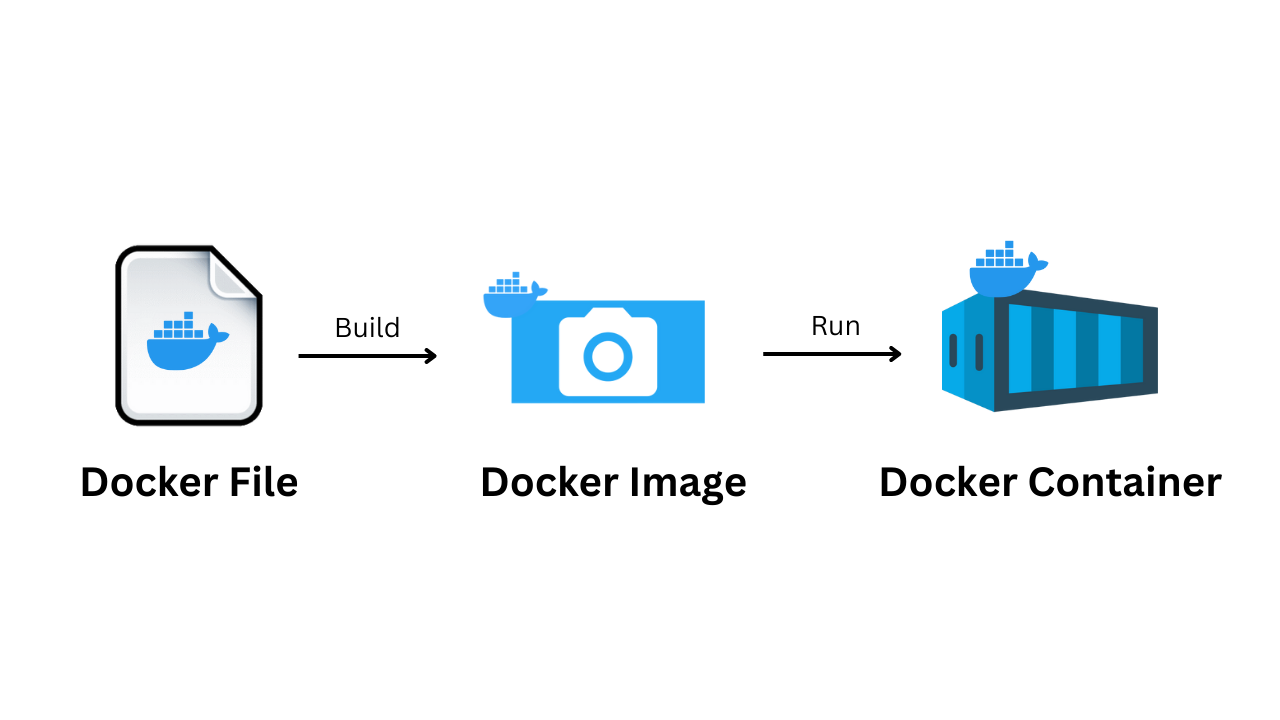Day 21 - Navigating Crucial Docker Interview Questions! 🚀🐳
 Nilkanth Mistry
Nilkanth Mistry
What is the Difference between an Image, Container, and Engine?
Answer: An image is a lightweight, stand-alone, executable package that includes everything needed to run a piece of software, including the code, a runtime, libraries, and settings. A container is a runtime instance of an image. An engine is a client-server application with a REST API used to build and run containers. 🖼️🐳🔧

What is the Difference between the Docker command COPY vs ADD?
- Answer: The COPY command copies files or directories from a source to a destination in the container. The ADD command also copies files or directories but supports additional features like local-only tar extraction. 📄➡️📦
What is the Difference between the Docker command CMD vs RUN?
- Answer: The CMD instruction sets the default command to run when a container starts, while the RUN instruction executes commands during the build. 🏃♂️🛠️
How Will you reduce the size of the Docker image?
- Answer: To reduce Docker image size, use a smaller base image, minimize the number of layers, and clean up unnecessary files and dependencies. 🐳📉
Why and when to use Docker?
- Answer: Docker is used for containerization, enabling consistent, lightweight, and portable software deployment across various environments. 🌐🚀
Explain the Docker components and how they interact with each other.
- Answer: Docker components include Docker Engine, Images, Containers, Docker Hub, and Docker Compose. They interact through the Docker API and CLI. 🔧🐳🔄
Explain the terminology: Docker Compose, Docker File, Docker Image, Docker Container?
Answer: Docker Compose is a tool to define and run multi-container Docker applications. Docker File is a script that contains instructions for building a Docker image. Docker Image is a lightweight, executable package with everything needed to run a piece of software. Docker Container is a runtime instance of a Docker image. 🔄📄🐳📦
In what real scenarios have you used Docker?
- Answer: Docker is often used for application deployment, microservices architecture, continuous integration, and scalability in real-world scenarios. 🚀🏢💻
Docker vs Hypervisor?
Answer: Docker uses containerization, which is lightweight and shares the host OS, while a Hypervisor creates virtual machines with separate OS instances. 🐳🆚🏠

What are the advantages and disadvantages of using Docker?
- Answer: Advantages include portability, resource efficiency, and scalability. Disadvantages may include security concerns and a learning curve. 🌐🔄🔍
- What is a Docker namespace?
- Answer: A Docker namespace provides isolation for containers, allowing them to have their own view of the system resources. 🔒🔄🏠
- What is a Docker registry?
- Answer: A Docker registry is a storage and content delivery system for named Docker images. Docker Hub is a popular public registry. 📦💾🌐
- What is an entry point?
- Answer: The entry point is a command that specifies the default executable for a container, defining what happens when the container starts. 🚪🏃♂️🐳
- How to implement CI/CD in Docker?
- Answer: Implement CI/CD in Docker by integrating Docker into CI/CD pipelines, automating builds, tests, and deployments. 🔄🔧🚀
- Will data on the container be lost when the docker container exits?
- Answer: Yes, by default, data in a container is ephemeral and gets lost when the container exits. Use volumes to persist data. 📦❌🔄
- What is a Docker swarm?
Answer: A Docker swarm is a group of machines running Docker that work together, forming a cluster to provide high availability and scaling. 🐳👥🌐
- What are the docker commands for the following:
View running containers:
docker psCommand to run the container under a specific name:
docker run --name mycontainerCommand to export a docker:
docker exportCommand to import an already existing docker image:
docker importCommands to delete a container:
docker rmCommand to remove all stopped containers, unused networks, build caches, and dangling images:
docker system prune -a🐳📊🔧
- What are the common Docker practices to reduce the size of Docker Image?
- Answer: Practices include using smaller base images, optimizing layers, removing unnecessary files, and using multi-stage builds. 🐳📏🛠️
Subscribe to my newsletter
Read articles from Nilkanth Mistry directly inside your inbox. Subscribe to the newsletter, and don't miss out.
Written by

Nilkanth Mistry
Nilkanth Mistry
Embark on a 90-day DevOps journey with me as we tackle challenges, unravel complexities, and conquer the world of seamless software delivery. Join my Hashnode blog series where we'll explore hands-on DevOps scenarios, troubleshooting real-world issues, and mastering the art of efficient deployment. Let's embrace the challenges and elevate our DevOps expertise together! #DevOpsChallenges #HandsOnLearning #ContinuousImprovement
